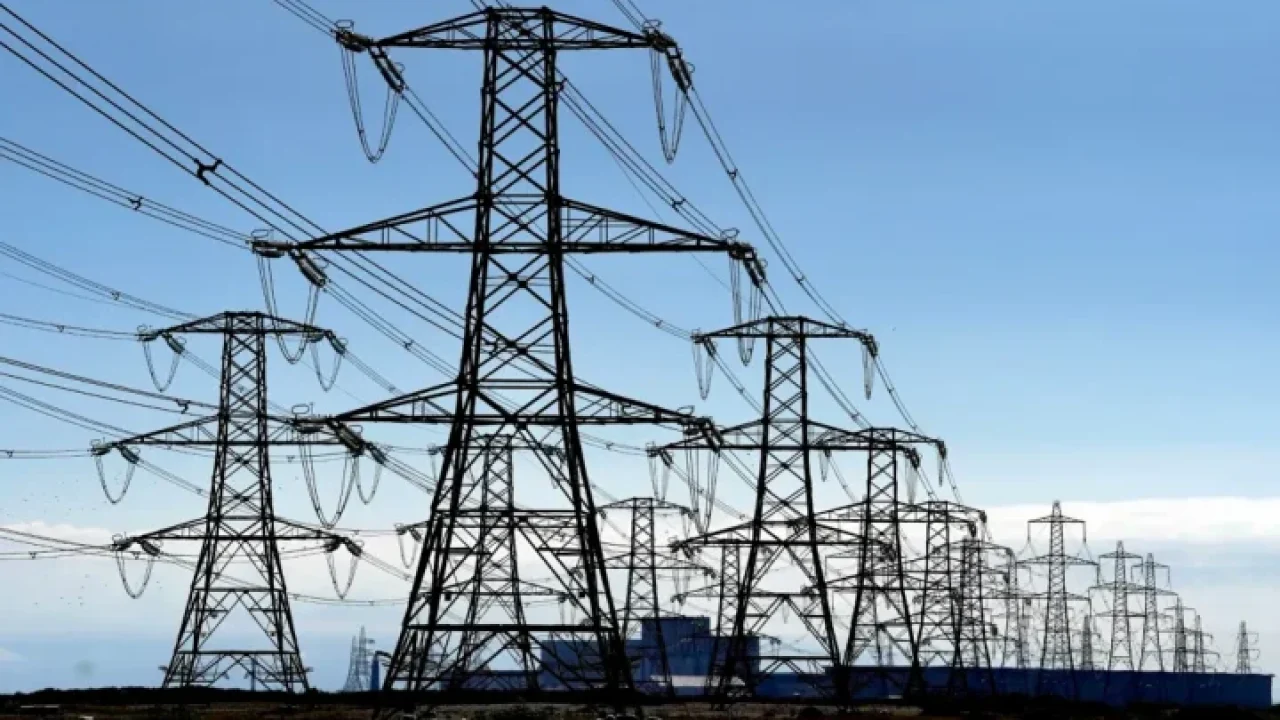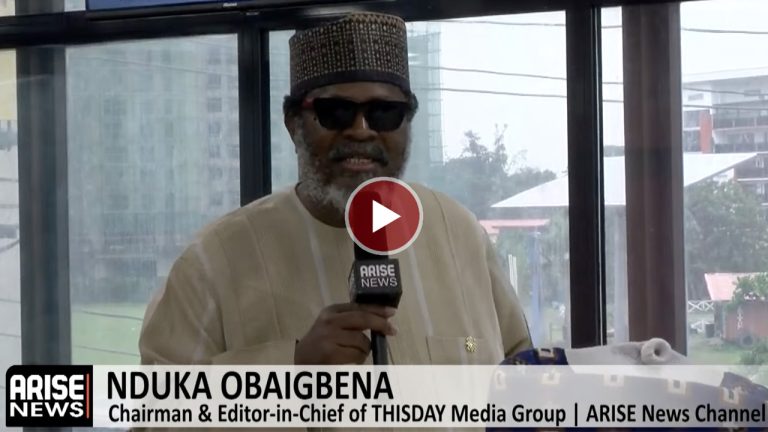
Over 2,000 megawatts left unused annually despite widespread blackouts and rising demand…
Nigeria’s electricity generation companies (GenCos) have lost a staggering ₦2.31 trillion in the past twelve years to power that was generated but never used due to persistent grid and operational constraints.
This is according to new data from the Association of Power Generation Companies (APGC), the umbrella body for all GenCos in Nigeria, analysed from records of the National Control Centre and presented by APGC Managing Director/Chief Executive Officer Joy Ogaji during the association’s 20th anniversary celebration in Abuja.
The losses, recorded between 2013 and September 2025, represent the cumulative value of electricity that could have been supplied to Nigerians but could not be evacuated by the national grid or distributed to end users.
Billions Lost to Idle Power Plants
In technical terms, the losses reflect Annual Capacity Payment Loss, the monetary value of available generation capacity that was not utilised due to transmission and distribution limitations.
Although Nigeria’s GenCos routinely declare between 6,000MW and 7,000MW of available capacity, the national grid typically evacuates only about 4,500MW, leaving more than 2,000MW stranded each year.
According to the APGC, stranded capacity between January and September 2025 averaged 2,221.99MW, translating to about ₦119 billion in capacity payment losses during the nine-month period alone.
A cumulative analysis from 2013 to date shows the market has lost over ₦2.3 trillion in potential revenue funds that could have financed new substations, expanded transmission networks, or built additional gas-fired plants.
A Decade of Wastage
The data reveal a recurring pattern of inefficiency:
- 2015: 3,010.24MW (45.5%) stranded — ₦214.93bn loss
- 2016: 3,827.98MW (54.38%) stranded — ₦273.32bn loss
- 2017: 3,311MW stranded — ₦236.47bn loss
- 2018: 3,698MW stranded — ₦264.08bn loss
- 2019: 3,597MW stranded — ₦256.85bn loss
- 2020: 3,742MW stranded — ₦266.10bn loss
- 2021: 2,248MW stranded — ₦159.85bn loss
- 2022: 1,816MW stranded — ₦132.19bn loss
- 2023: 2,226MW stranded — ₦162.06bn loss
- 2024: 2,180MW stranded — ₦154.72bn loss
For 2025, Nigeria’s available generation capacity averaged 6,806.63MW, but only 4,637.72MW was actually transmitted, meaning roughly 32 percent of potential power was wasted.
The highest losses this year were recorded in August (₦20.17bn), followed by September (₦16.86bn) and July (₦15.77bn), while February recorded the lowest at ₦8.34bn.
‘We’re Owed Only for Energy, Not Capacity’ — Ogaji
Speaking at the presentation, APGC CEO Joy Ogaji lamented the sector’s deepening liquidity crisis, blaming irregular capacity payments and policy inconsistencies for the unsustainable state of the market.
“All this stranded power attracts a capacity charge,” she said. “What GenCos are asking for now doesn’t even include this. What we’re owed is only for energy, not capacity.”
She added that while GenCos have continued to expand and maintain their plants as agreed under the 2013 privatisation agreements, they still operate below potential because the grid cannot absorb the electricity produced.
“Once NBET [Nigerian Bulk Electricity Trading Plc] took over as market operator, capacity payments became irregular,” Ogaji explained. “Without consistent payments, GenCos can’t maintain plants or service loans, which discourages investors and threatens reliability.”
10,000MW Wasted Nationwide
The Minister of Power, Adebayo Adelabu, has also expressed frustration over the inefficiency, revealing that more than 10 gigawatts (10,000MW) of installed generation capacity across Nigeria remains idle due to inadequate transmission and distribution infrastructure.
“In Nigeria today, we have over 10 gigawatts of stranded generation capacity,” the minister said recently. “Generation is no longer the immediate problem, it’s about transmitting and distributing what we already have.”
He described the situation as “wasteful,” noting that the idle plants could power industries, create jobs, and even support electricity exports to neighbouring countries through regional power pools.
Economic Toll
The APGC stressed that the continued losses have far-reaching implications for Nigeria’s economy. Studies show that a 1 percent increase in power supply could grow GDP by up to 3.94 percent, meaning that stranded generation over the years has cost the nation significant economic output.
“If even half of the stranded 2,000–3,000MW had reached homes and industries consistently,” Ogaji noted, “Nigeria could have achieved an additional 10 to 12 percent GDP growth over the past decade.”
Call for Urgent Reforms
To stem future losses, the APGC urged the Federal Government to:
- Honour contractual obligations under existing power purchase agreements
- Strengthen transmission and distribution infrastructure
- Guarantee full and timely payment for energy and capacity invoices
- Encourage bilateral power contracts and off-grid solutions
- Invest in gas supply and grid expansion to enhance reliability
“Electricity drives industrialisation,” Ogaji said. “Nigeria cannot achieve economic expansion when power plants sit idle.”



